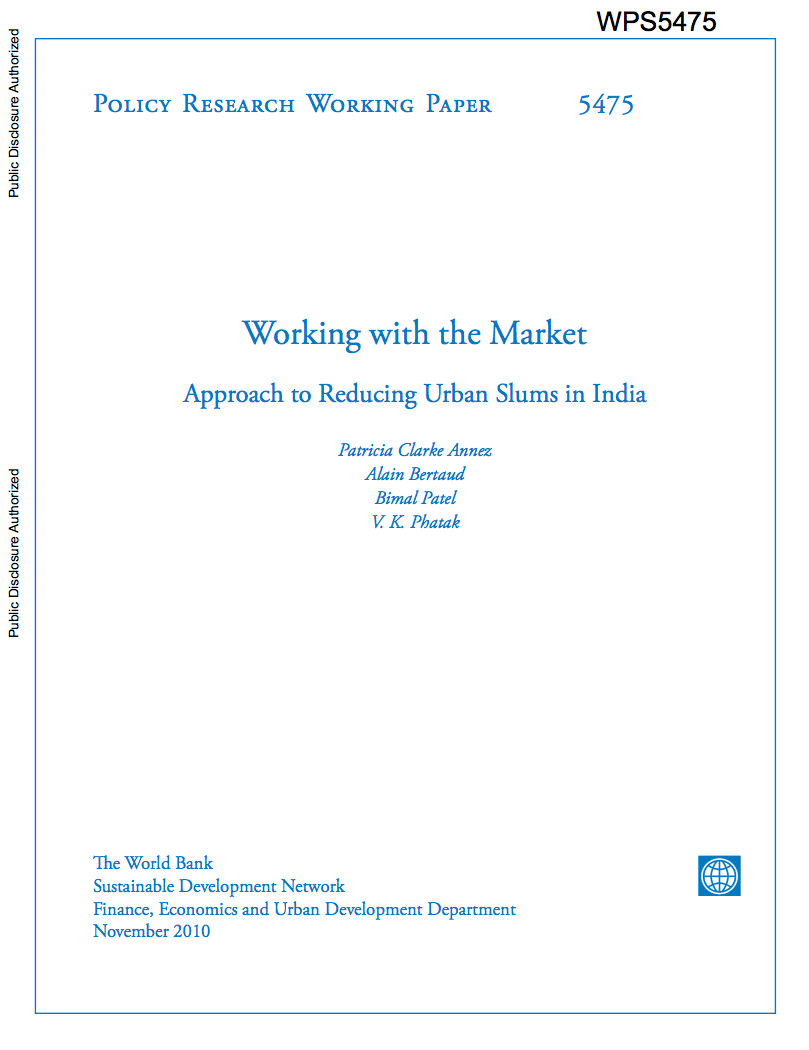Lasting Welfare Effects of Widowhood in a Poor Country
Little is known about the situation
facing widows and their dependent children in West Africa
especially after the widow remarries. Women in Malian
society are vulnerable to the loss of husbands especially in
rural areas. Households headed by widows have significantly
lower living standards on average than male or other female
headed households in both rural and urban areas; this holds
both unconditionally and conditional on observable household


